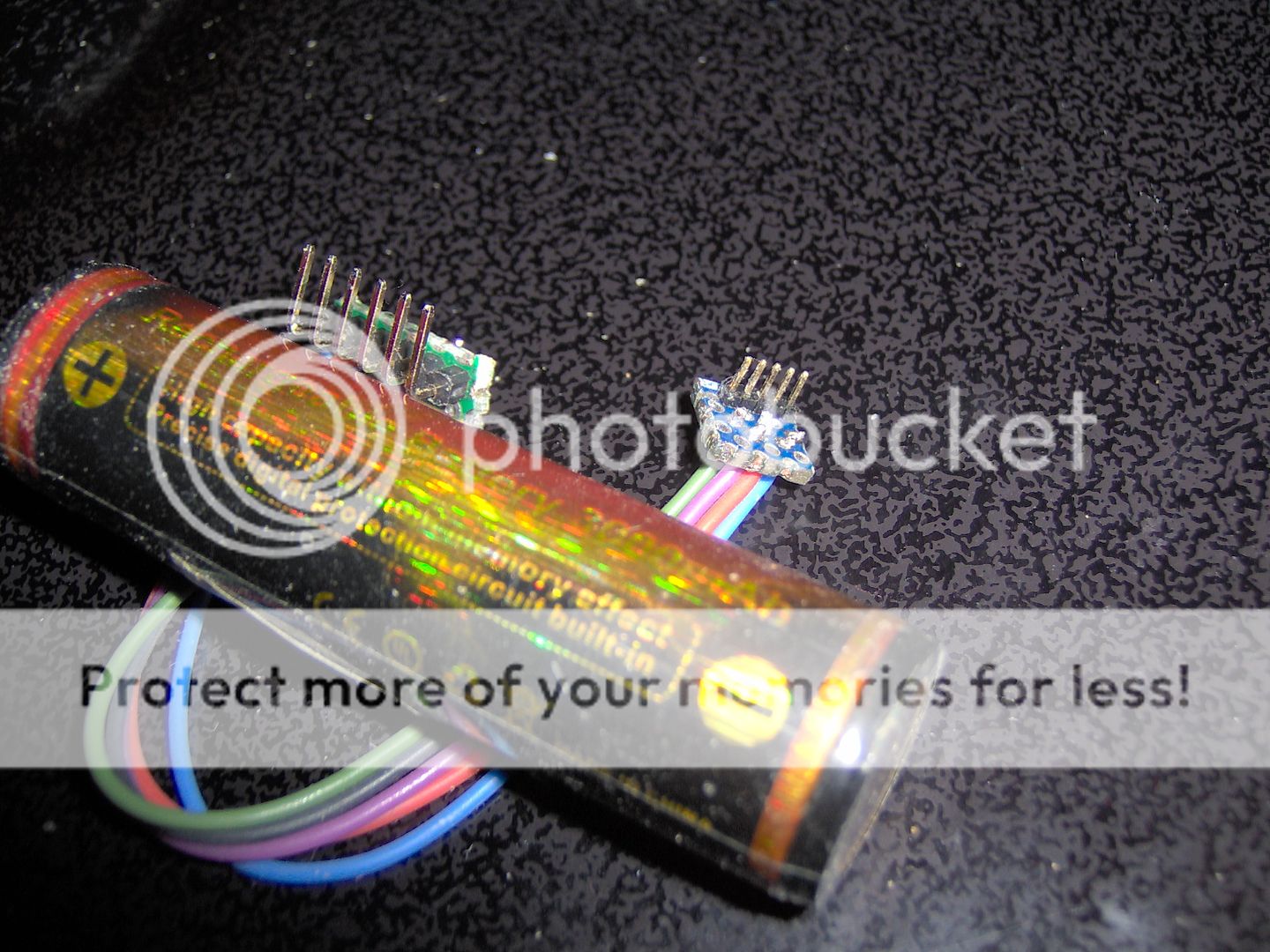Illum
Flashaholic
:wow:
:bow:
subscribed!
:bow:
subscribed!
 Help Support Candle Power Flashlight Forum
Help Support Candle Power Flashlight Forum

















































-you built this to use a 1.5v powersource. What changes would be necessary to have the same functionality from a 3v source? I have several older lights that ive been looking to upgrade (arc ls, longbow micra, etc)
-what is the maximum and minimum drive levels currently? And what sort of efficiency are you looking at at each?

What needs figured out:
- how best to provide a power source for the uC after the light is switched off (perhaps a huge bypass capacitor, maybe something else)
That is an interesting chip selection. I had wondered how it was working on one AA cell.
Have you been able to get the basic voltage boost aspect of the circuit working yet ? I have used some of the other Linear chips for boost circuits and that under chip thermal pad is a bit deal to get right.
Nice to see more electronics projects here!
I had that same problem. However it took a while for me until I found a simple solution. Instead of a big capacitor providing the energy for the whole microcontroller circuit during the off time you can also use the following attempt:
In one of my projects I use a small ceramic C with 0.1uF-1uF directly connected to one of the ADC pins of the microcontroller (µC).
When the light is turned on, the µC turns on its ADC and checks the voltage of the capacitor. If it is below a certain level then keep the current mode from eeprom otherwise next mode and update eeprom.
After that the ADC is turned off and the pin of the µC is driven high to charge the C up again.
For me that worked pretty good.
Keep up the good work!
Yes the capacitor is between ADC pin and GND.- 1uF cap connects ADC pin to GND (you need a potential difference for current to flow, so the other end of the cap must go to something...)
correct, when the µC turns off the ADC pin changes to tristate and therefore the capacitor discharges slowly. You can find the input resistance of the µC in the datasheet. Should be around 1-100Mohm or more but varies between each µC model. Time for discharge/charge is t = R*C. So with 1MOhm and 1uF you'll get 1s.- pin set high to charge cap
- user turns off power, cap slowly bleeds to GND
- user turns power back on
The capacitor doesn't have to be fully discharged. That's the reason using the ADC. Otherwise you can also use the standard input to detect high or low level. With the ADC you can check the voltage on the C and set the trigger level on you own.- check voltage of cap with ADC - if fully discharged, light was off for some time, otherwise light wasn't off for too long